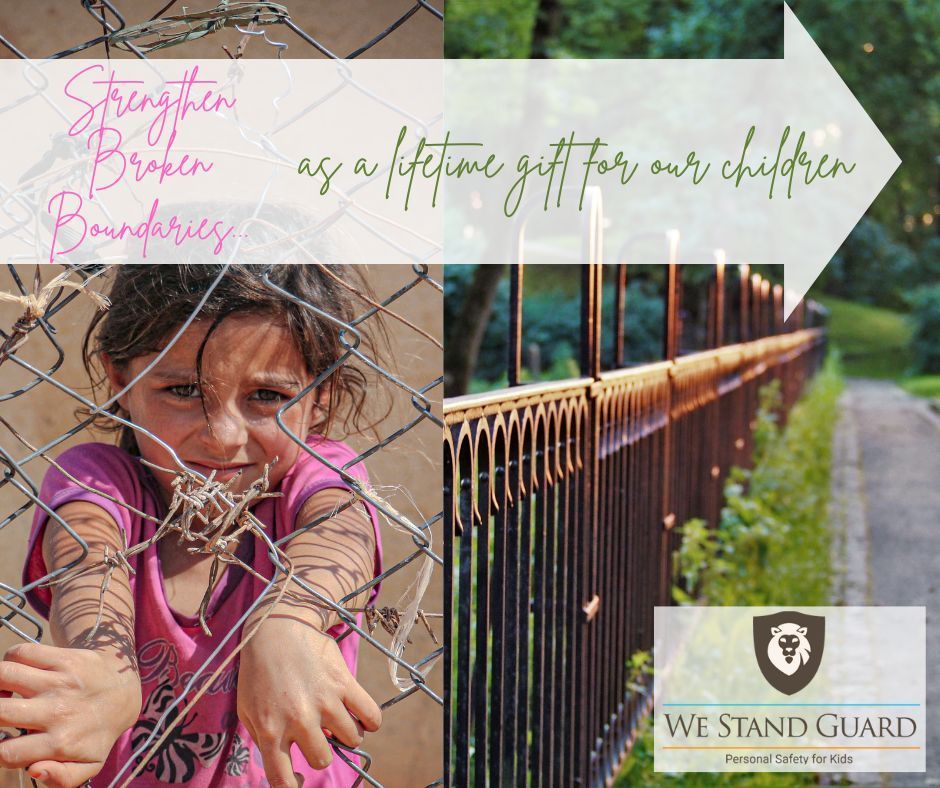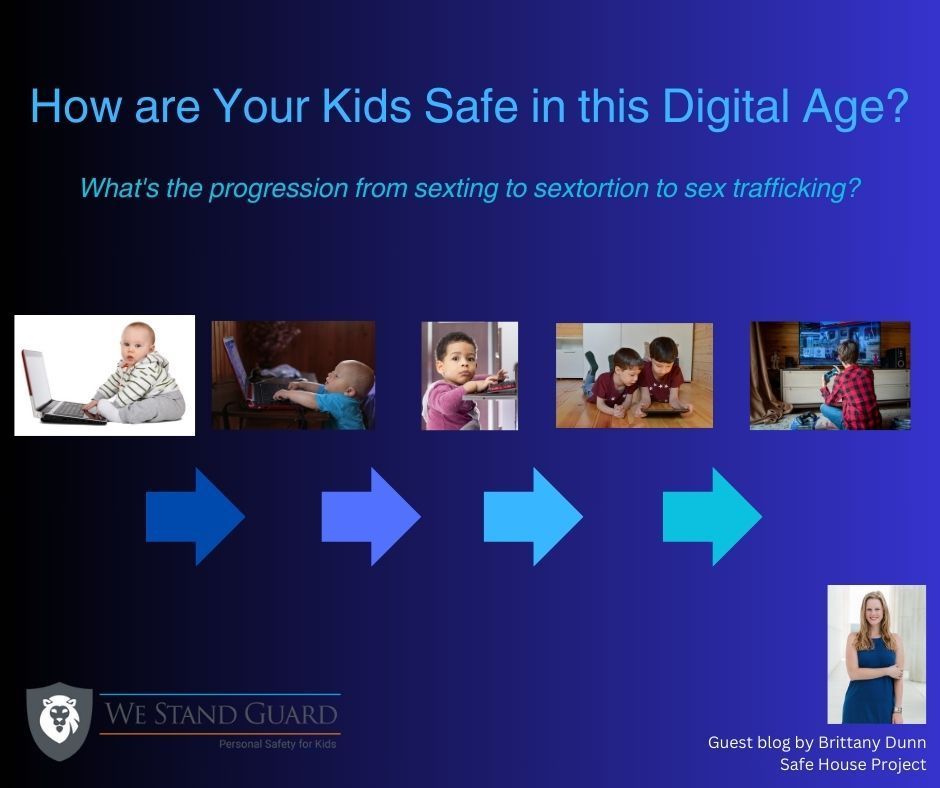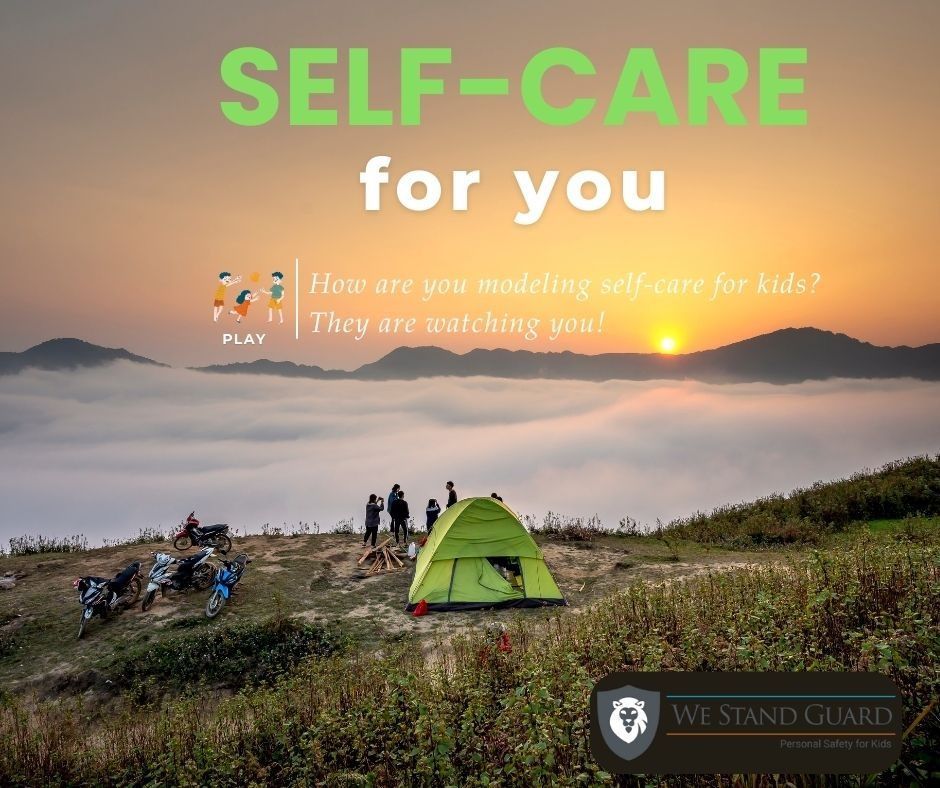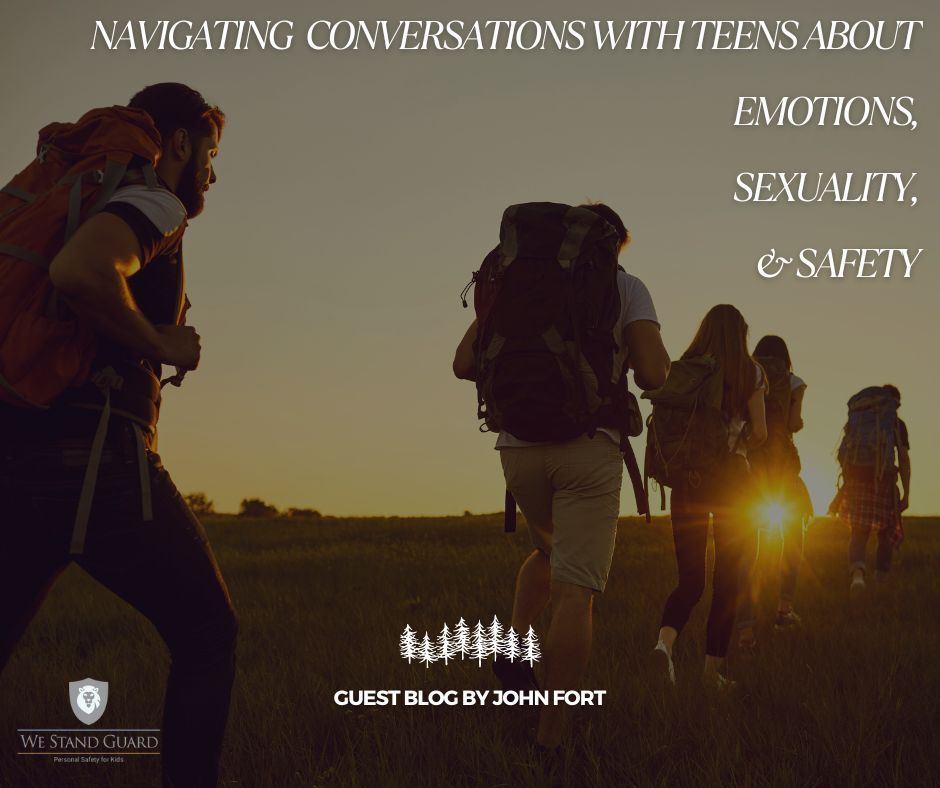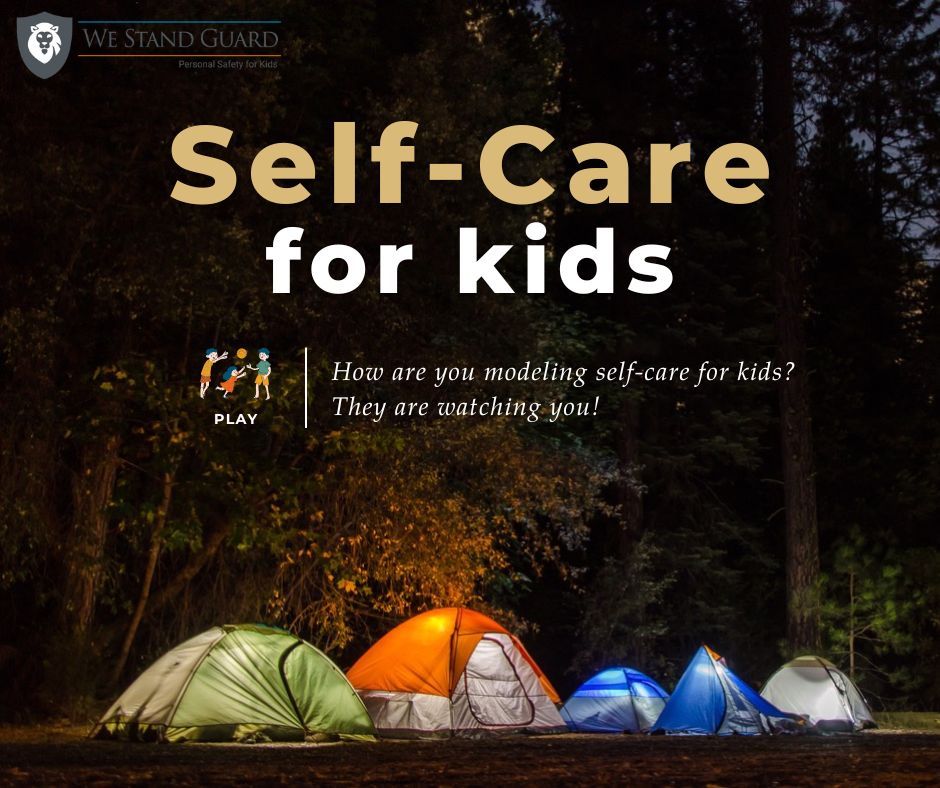Is Preventing the Nightmare of Child Trafficking Possible?
Yes! It starts with us.
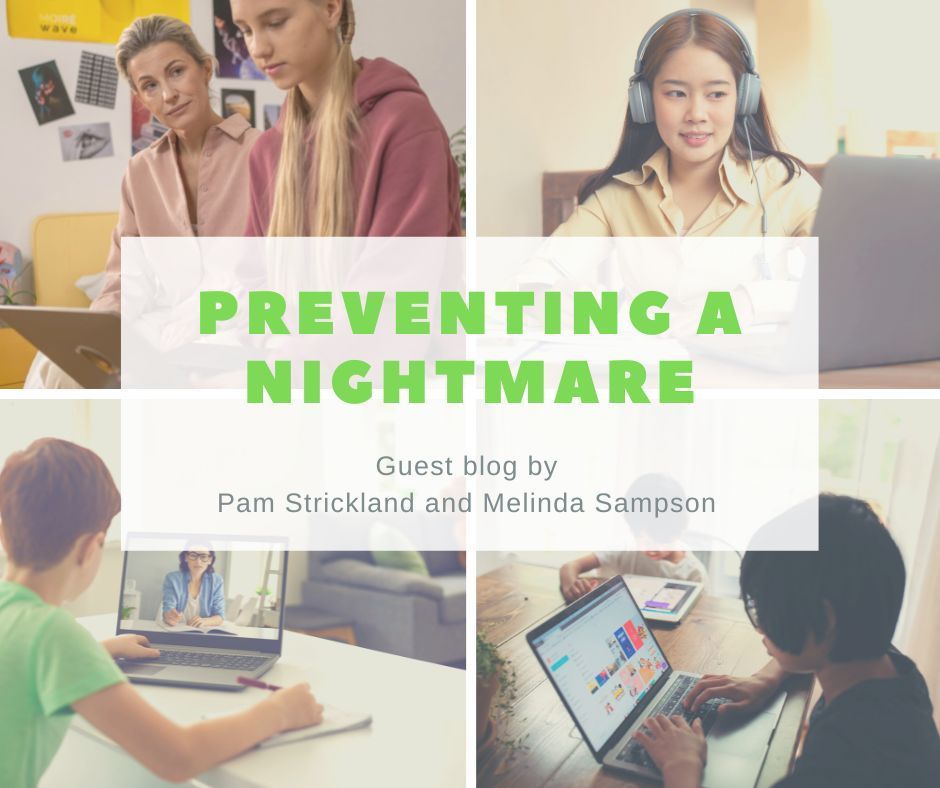
Human trafficking is hiding in plain sight since the United Nations says 40 million people are enlsaved world-wide. This epidemic has two sides to the coin - human trafficking (both labor and sexual abuse) and the buyers.
Breaking the cycle of child trafficking is a massive beast on all fronts, quite literally. It's not for the faint of heart, yet these innocent and vulnerable babies, children and teens need warriors to fight for them. Making a difference can simply be someone willing to share the facts and ways to combat it. Most anyone can become an advocate for children with even small yet significant steps of sharing this prevention education message.
Plus, how do we end the demand? Without slavery - buyers of humans or commodification of humanity - (which feels nauseating to even type) then humanity can live free. Isn't that what most all of us want - freedom to live our best lives?
I know two experts in combatting both - Pam Strickland and Melinda Sampson, warriors at NC Stop Trafficking.
Check out their guest blog here!
Preventing a nightmare
Pam Strickland and Melinda Sampson
Every parent has the nightmare: their child is snatched away and sexually abused or sold. Thankfully, that nightmare almost never comes true. The good news is that kidnapping by a non-relative to abuse or sexually traffic a child is incredibly rare.
The bad news is that the abuse and exploitation is often much closer to home. It commonly happens with the perpetrators being people the child trusts and loves, which is more insidious than the overt forcible kidnap. Thirty one percent of children who are sexually exploited are victimized by their own family members, according to a study cited by the US State Department. Or someone gains their trust by pretending to be a friend or romantic partner.
Anyone can be trafficked, but youth are especially vulnerable to being trafficked.
Kids today are accustomed to interacting with people via text, social media, games and apps. Predators exploit that comfort by presenting themselves online as a friend, confidant, or support person in the child’s life. After they gain the trust of the young person, the predator will typically ask for pictures. The initial requests are innocent, but grow more intimate. This is a strategic play by the predator to normalize sexual behavior between themselves and the child. Not only will the predator typically ask for a self-generated photo from the child, they will then share a sexually explicit photo of themselves or an explicit photo that they claim is them.
This avenue of content exchange can also develop into sextortion – where the perpetrator demands more photos or videos. When the youth protests and says they don’t want to do it anymore, the predator threatens to share the previous pictures and videos with the child’s family and social circles.
The motivations of online predatory behavior typically have one of four outcomes for the perpetrator.
Sometimes the perpetrator is wanting to obtain sexually explicit images of the child. In some cases, the predator is seeking online sexual conversations with a child. Other times, the predator’s motivations may be to meet that child in person to sexually abuse them or meet them in person to facilitate a sexual exploitation agenda.
In 2022, there were 19,565 calls from North Carolina into the Cyber tipline operated by the Center for Missing and Exploited Children. This was a 33% increase from the previous year when there were 13,094.
In 2020, there were two cases (that became public) of young girls in North Carolina being lured away by much older men they met on the computers provided to them by their schools. Thankfully, in both of those cases, the girls were recovered. One perpetrator was arrested and the other died of a self-inflicted gunshot wound during the police standoff that occurred during the rescue of the victim.
In some cases, when the perpetrator’s motivation is to sexually exploit a child for money or something else of value, they will require their victims to groom and recruit other children. A young person is less likely to be suspicious of another youth their own age inviting them to a party or to spend the night at their house.
Just as we don’t want our kids to be victims, we don’t want them to be predators, either.
We need to teach children to observe the boundaries of others. They must be taught to respect the bodily autonomy of others by asking before hugging and kissing friends and family.
If all kids were taught that people are to be respected and only touched when they wanted it, then people wouldn’t be treated as objects to be used.
Teaching these basic tenants of boundaries, autonomy, and personal respect will reduce violence against women and girls, pornography consumption, and demand for commercial sex as a whole.
Simply teaching that my body is mine and your body is yours, and I have the right to control my body and you have the right to control yours, is a huge step toward understanding consent and respect for others.
As a general rule, we must practice what we preach and respect our children’s autonomy and boundaries while we simultaneously maintain the expectation that they respect others. If we are able to have the younger generation understand, believe, and put into practice respecting other people’s humanity, boundaries, and autonomy, then there will be less people who experience abuse and exploitation in the future.
The prevention of child abuse and exploitation doesn’t start with legislation, law enforcement, school policy, or society. It starts with us.
